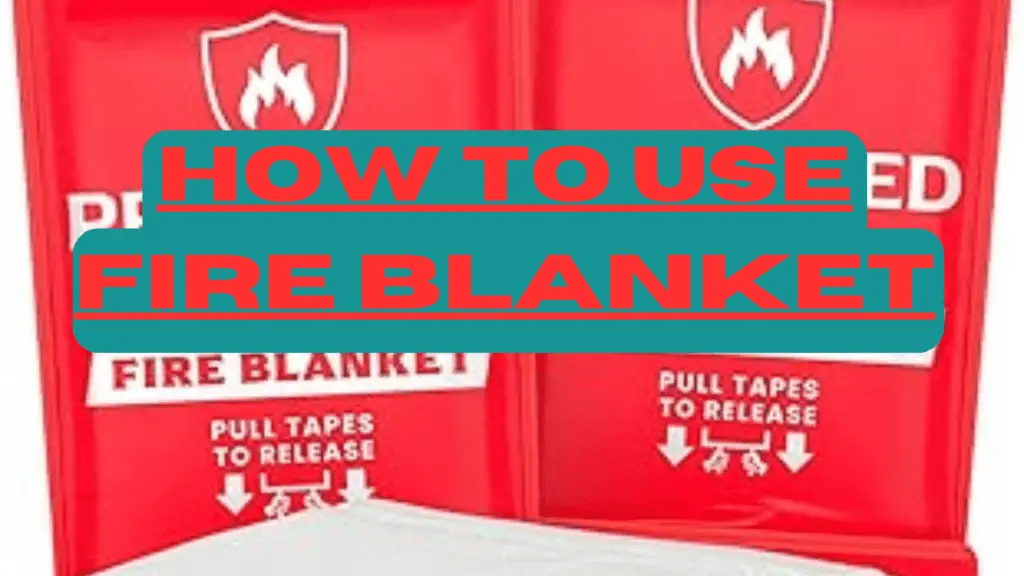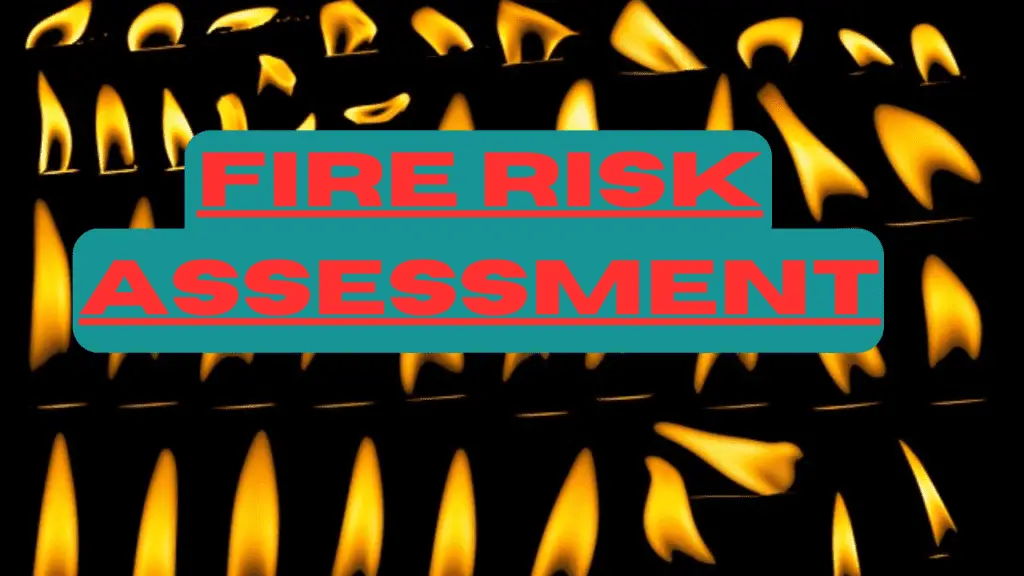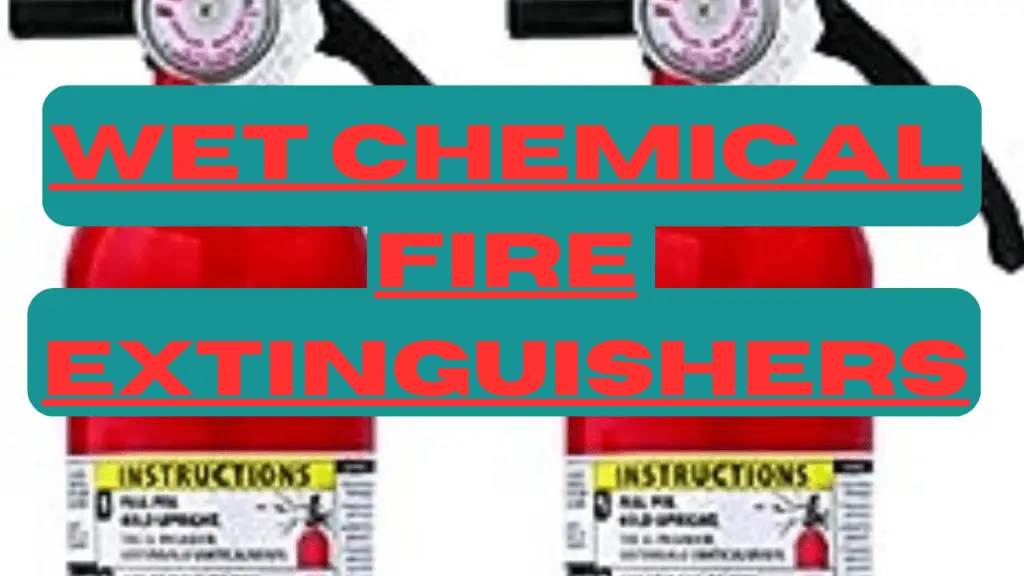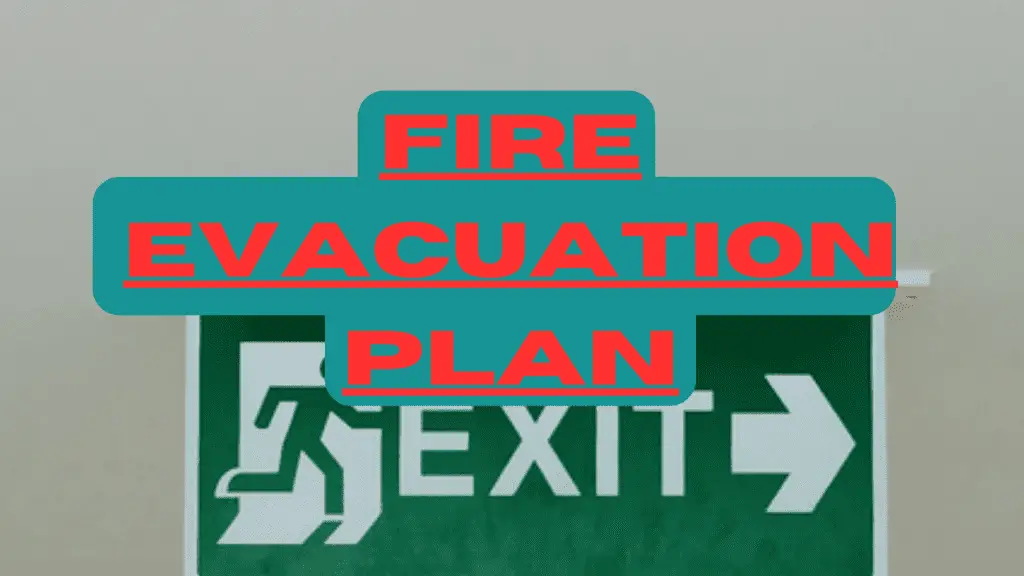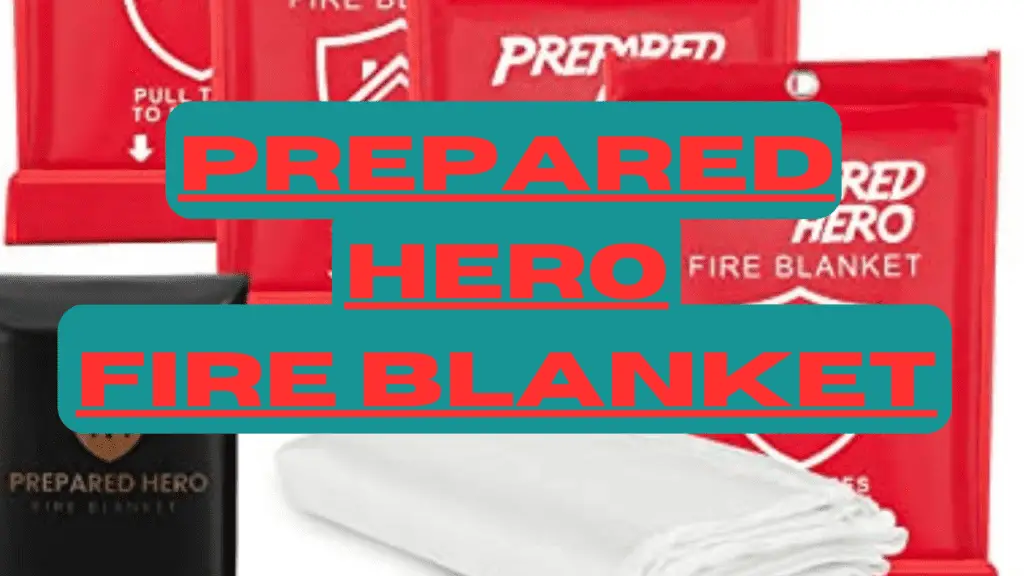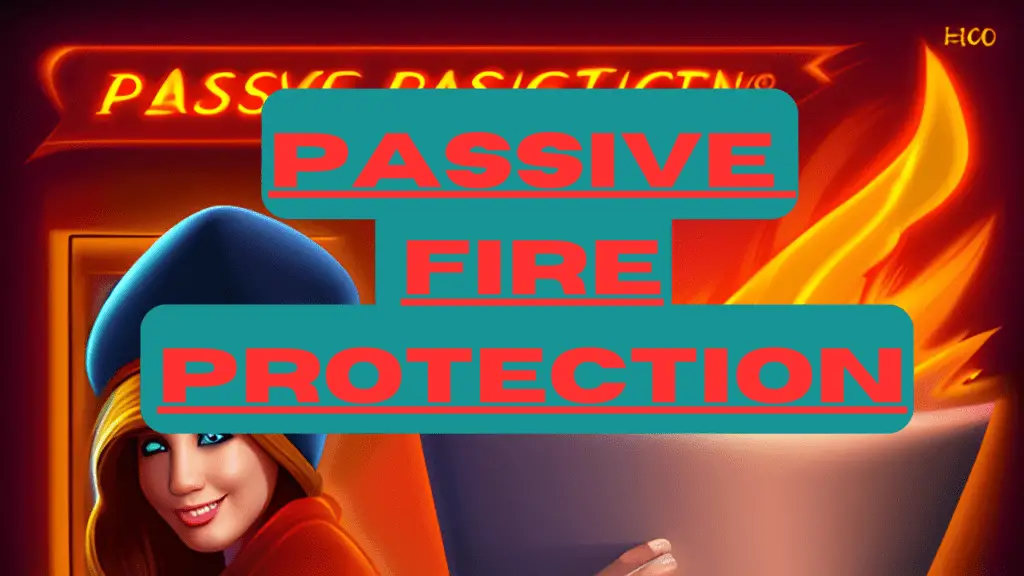The Fire Safety Catalog: Your Complete Guide to Essential Products
Fire safety is a big deal, whether chilling at home, working, or out and about. Fires can mess up stuff, hurt people, and even take lives. In 2020, the U.S. Fire Administration counted a crazy 1.3 million fires, causing 3,700 folks to lose their lives, 16,600 to get hurt, and property damage hitting $14.8 billion.
Now, to dodge these fire troubles, you’ve gotta gear up with the right stuff. But where do you even start? That’s where this fire safety catalog saves the day. It’s your guide to fire safety, from snuffing out flames with extinguishers to sounding the alarm with smoke detectors and more.
Get ready to determine your fire safety needs, make your own catalog, pick the best gear, and be set for emergencies. Stick with this guide, make smart choices, and level up your fire safety game
Exploring Fire Safety Needs
Before shopping for fire safety products, find your fire safety needs. Different settings and situations may require different types of products and equipment. For example, a residential building may have different fire safety needs than a commercial or industrial facility.
To explore your fire safety needs, you need to consider the following factors:
- Fire risk:
Fire risk is the likelihood and severity of a fire in a given situation. To evaluate your fire risk and identify potential fire hazards, fire risk depends on various factors, such as the presence and type of combustible materials, ignition sources, ventilation, occupancy, and human behavior.
- Fire code:
A fire code is a set of rules and regulations that govern fire safety in buildings and structures. Fire code specifies the minimum requirements and standards for fire prevention, protection, and suppression. Fire codes may vary depending on the location, jurisdiction, and type of building or structure. Consult your local fire authority or a fire safety professional to determine the fire code requirements and compliance for your setting.
- Fire safety goals:
These are the objectives and outcomes to achieve with your fire safety products. These goals include preventing fires from starting, detecting them early, containing them to a limited area, controlling them until they are extinguished, evacuating people safely, and minimizing property damage and environmental impact. You can define your fire safety goals based on your fire risk, fire code, and personal preferences.
Building Your Fire Safety Catalog
Fire safety catalog lists fire safety products and equipment you need for your setting and situation. Your fire safety catalog should include the following categories:
1. Essential fire safety products:
2. Specialized and additional items:
3. Selecting the right products:
Essential Fire Safety Products
These are the basic and most important products every setting and situation should have. They include fire extinguishers, smoke alarms, carbon monoxide detectors, fire blankets, and escape ladders. These products are designed to prevent, detect, and respond to fires and protect yourself and others from fire hazards
- Fire Extinguishers
Fire extinguishers are portable devices that can put out small fires by spraying a substance that smothers the flames and cools the fuel. Fire extinguishers are one of the most effective and widely used fire safety products, as they can prevent fires from spreading and causing more damage.
Different fire extinguishers are classified by the type of fire they can extinguish. The most common types are:
Class A:
These fire extinguishers extinguish fires involving ordinary combustible materials, such as wood, paper, cloth, and plastic. They usually contain water or foam as the extinguishing agent.
Class B:
These involve flammable liquids like gasoline, oil, paint, and solvents. They contain carbon dioxide or dry chemicals as the extinguishing agent.
Class C:
These fire extinguishers can put out fires involving electrical equipment, such as appliances, wires, and circuits. They are made of carbon dioxide or dry chemicals as extinguishing agents, which do not conduct electricity.
Class D:
Class D extinguishers fires involving combustible metals like magnesium, aluminum, and titanium. They contain a special powder as the extinguishing agent, which reacts with the metal and forms a crust that isolates the fire.
Class K:
These fire extinguishers can put out fires involving cooking oils and fats, such as vegetable oil, animal fat, and grease. They have a wet chemical as the extinguishing agent, which creates a foam that covers the fire and prevents re-ignition.
2. Smoke Alarms
Smoke alarms detect smoke and sound an alarm when a fire is present. Smoke alarms are one of the most essential and lifesaving fire safety products, as they can alert you of a fire in its early stages, giving you more time to escape and call for help.
There are different types of smoke alarms based on the technology they use to detect smoke. The most common types are:
- Ionization smoke alarms:
These alarms use a small amount of radioactive material to create an electric current inside a chamber. When smoke enters the chamber, it disrupts the current and triggers the alarm.
- Photoelectric smoke alarms:
They use a light source and a sensor inside a chamber. When smoke enters the chamber, it scatters the light and activates the sensor, which triggers the alarm. Photoelectric smoke alarms are more sensitive to smoldering fires, which produce large and slow-burning particles.
- Dual-sensor smoke alarms:
They combine ionization and photoelectric technologies, making them more responsive to flaming and smoldering fires.
Some are interconnected and can communicate with each other and sound the alarm simultaneously when one of them detects smoke.
3. Carbon Monoxide Detectors
Carbon monoxide detectors detect carbon monoxide produced by incomplete combustion of fuels, such as wood, coal, gas, oil, and charcoal. Carbon monoxide can cause headaches, dizziness, nausea, confusion, and even death.
There are different types of carbon monoxide detectors based on the technology they use to detect carbon monoxide. The most common types are:
- Electrochemical carbon monoxide detectors:
These detectors use an electrochemical sensor that reacts with carbon monoxide and produces an electric current, which triggers the alarm. They are the most accurate and reliable type, as they measure the level and duration of carbon monoxide exposure.
- Biomimetic carbon monoxide detectors:
They use a synthetic material that changes color when exposed to carbon monoxide, which activates a sensor that triggers the alarm. They are less sensitive and durable than electrochemicals but are cheaper and easier to maintain.
- Metal oxide semiconductor carbon monoxide detectors:
They are made of a semiconductor chip that heats up when exposed to carbon monoxide, which lowers its resistance and triggers the alarm. They are the least sensitive and reliable and can be affected by humidity, temperature, and other gases.
4. Fire Blankets
These are large pieces of fabric used to smother small fires or wrap around a person on fire. They are made of fire-resistant materials, like wool, fiberglass, or aramid fibers, and can extinguish fires without creating a mess or damaging the surroundings.
Fire blankets can put out fires involving class A, B, and K materials. However, they are ineffective for fires involving electrical equipment or combustible metals, as they may conduct electricity or react with the metal.
How to use the fire blanket safely:
- Turn off the heat source, if possible.
- Pull the fire blanket out of the container or pouch by the tabs.
- Hold the fire blanket before you, with your hands behind the tabs.
- Cover the fire completely with the fire blanket, leaving no gaps for air to enter.
- Leave the fire blanket in place until the fire is completely out and cool.
- If the fire is too large or out of control, call the fire department and evacuate the area.
5.Escape Ladders
Escape ladders are used to climb down from a window or balcony in case of an emergency. They are made of metal or plastic and consist of rungs and hooks attached to the window railing to provide an alternative exit route when the stairs or doors are blocked or unsafe.
Different types of escape ladders are based on length, width, weight, and design. The most common types are:
a) Two-story escape ladders:
These escape ladders are about 13 to 15 feet long and can reach the ground from a second-floor window or balcony. They can support up to 1,000 pounds and accommodate one or two people at a time.
b) Three-story escape ladders:
They are about 23 to 25 feet long and can reach the ground from a third-floor window or balcony and accommodate one or two people at a time.
c) Four-story escape ladders:
They are about 33 to 35 feet long and can reach the ground from a fourth-floor window or balcony and accommodate one or two people at a time.
How to use the escape ladder effectively
- Open the window or balcony door, and remove any obstacles or screens.
- Take the escape ladder out of the box or bag and unfold it carefully.
- Attach the hooks or brackets to the window railing and ensure they are secure and stable.
- Throw the escape ladder out of the window or balcony, and make sure it reaches the ground and is not tangled or twisted.
- Climb the escape ladder slowly and cautiously, holding the rungs firmly and facing the building.
- Help others climb the escape ladder, starting with the youngest or the most vulnerable.
- Move away from the building and call for help.
Specialized and Additional Items
The safety products and equipment are specific to certain settings, situations, or fire safety goals. They include fire doors, fire sprinklers, fire alarms, fire hoses, fire pumps, fire hydrants, and fire suppression systems.
These products enhance fire prevention, protection, and suppression and facilitate fire safety management and coordination
1. Fire Doors
Fire doors can resist fire and smoke for 30, 60, or 90 minutes. They are fire-resistant and have special features like seals, hinges, locks, and closers. and are designed to prevent the spread of fire and smoke between different building rooms and provide occupants with a safe exit route.
Different types of fire doors are based on function, location, and rating. The most common types are:
- Single-action fire doors:
These fire doors can be opened in one direction only, inward or outward, and are suitable in areas where the traffic flow is one-way, such as stairwells, corridors, or exits.
- Double-action fire doors:
They can be opened in both directions, inward and outward, and are suitable for two-way traffic flow, such as lobbies, halls, or entrances.
- Sliding fire doors:
These doors can be opened by sliding horizontally, either to the left or to the right, and can be used for limited space, such as warehouses, factories, or garages.
- Swinging fire doors:
These types of doors can be opened by swinging vertically, either up or down. They are designed for areas where access is restricted, such as attics, basements, or roofs.
2. Fire Sprinklers
Fire sprinklers spray water or other extinguishing agents when a fire is detected. They are connected to a network of pipes and valves that supply water or other extinguishing agents from a source.
Fusible links or glass bulbs activate fire sprinklers that break or melt when the temperature reaches a certain threshold, usually 135 to 165 degrees Fahrenheit. Fire sprinklers are designed to control or extinguish fires automatically, without human intervention.
There are different types of fire sprinklers based on the pattern, pressure, and activation. The most common types are:
- Wet pipe fire sprinklers:
These fire sprinklers have water-filled pipes that are always under pressure. When a fire sprinkler is activated, water is released until the fire is out. Wet pipe fire sprinklers are the most common and reliable type, as they are simple and fast to operate.
- Dry pipe fire sprinklers:
These fire sprinklers have air-filled pipes that are under pressure. When a fire sprinkler is activated, air is released first, followed by water. Dry pipe fire sprinklers are suitable for areas where the water may freeze, such as attics, basements, or garages.
- Pre-action fire sprinklers:
These fire sprinklers have water-filled pipes that are not under pressure. When a fire sprinkler is activated, water is released only after a separate detection system, such as a smoke alarm, confirms the fire. Pre-action fire sprinklers are suitable for areas where the water may cause damage, such as museums, libraries, or data centers.
- Deluge fire sprinklers:
These fire sprinklers have empty pipes that are not under pressure. This fire sprinkler releases water from all the fire sprinklers in the system, creating a deluge of water. Deluge fire sprinklers are suitable for areas where the fire may spread rapidly, such as warehouses, factories, or theaters.
Selecting the Right Products
Choosing the best fire safety products and equipment for your fire safety catalog, based on your needs and goals. Consider various factors, such as the type, size, capacity, quality, performance, features, cost, and availability of the products. You must also compare products and brands, read reviews and ratings, and seek expert advice and recommendations.
- Type
The product’s classification is based on its function, purpose, or design. Fire extinguishers are classified by the type of fire they can extinguish, such as class A, B, C, D, or K, while the pattern, pressure, and activation, such as wet pipe, dry pipe, pre-action, or deluge, classify the fire sprinklers.
Fire doors are classified by function, location, and rating, such as single-action, double-action, sliding, or swinging.
Choose the product that matches the fire you are most likely to encounter in your setting. Also, consider each type of product’s advantages and disadvantages, effectiveness, reliability, convenience, and maintenance.
2. Size
Buy the product size that fits the space and storage available in your setting and situation. Consider the ease and comfort of handling and using the product, such as the weight, portability, and accessibility.
3. Capacity
The product’s capacity is the volume it can hold. Fire extinguishers are rated by the amount of extinguishing agent they contain and the size of fire they can extinguish. The fire sprinklers are rated by the flow rate and pressure of the water or other extinguishing agents they can spray.
Fire hoses are rated by the diameter and length of the hose and the nozzle. Consider the efficiency and effectiveness of the product by checking the duration, coverage, and performance before buying.
4. Quality
This is the degree of excellence of the product based on its material, construction, or durability. Most fire extinguishers are made of metal, plastic, or composite materials, fire blankets are made of wool, fiberglass, or aramid fibers, while fire doors are made of metal, wood, or glass.
Choose a highly reliable product, certified and approved by the relevant authorities and organizations, such as the NFPA, the Underwriters Laboratories (UL), or the International Organization for Standardization (ISO). Check the warranty and guarantee of the product, the expiration date, the replacement policy, and the customer service.
5. Performance
The product’s performance refers to the product’s result based on functionality and accuracy. Fire extinguishers are rated by the discharge time, range, and pattern, fire sprinklers by the activation time, temperature, and distribution, and fire alarms by the detection time, sensitivity, and volume.
Check for the product’s performance for reputable authorities and organizations, such as the NFPA, the UL, or the ISO. Also, check the feedback and evaluation of the product, such as the reviews, ratings, and recommendations.
6. Features
The product’s features refer to the product’s additional attributes, like the design, color, or style. Fire extinguishers may have features such as a pressure gauge, a safety pin, or a wall bracket; fire blankets may have features such as a container, a pouch, or a handle; and escape ladders may have features such as a hook, a bracket, or a stabilizer.
Choose the product’s features that are useful and beneficial for your fire safety needs and goals and compatible and complementary with your setting and situation.
7. Cost
The amount of money required to purchase or maintain the product. A fire extinguisher may cost from $10 to $200, depending on the type, size, capacity, quality, performance, and features; fire blankets may cost from $5 to $50, depending on the size, quality, and features, and escape ladders may cost from $20 to $100, depending on the length, width, quality, and features.
Emergency Preparedness
These are steps and actions for responding to a fire or emergency using the fire safety products and equipment in your fire safety catalog. Follow the four phases of emergency management: prevention, mitigation, response, and recovery.
- Prevention
Prevention is trying to prevent a fire from happening in the first place. You need to do the following:
- Identify and eliminate fire hazards, like flammable materials, ignition sources, clutter, and faulty wiring.
- Install and maintain fire safety products and equipment, like fire extinguishers, smoke alarms, carbon monoxide detectors, fire blankets, and escape ladders.
- Follow fire safety rules and regulations.
- Educate others about fire safety, risks, types, products, and procedures
2. Mitigation
This is when you try to reduce the damage of a fire if it does happen by;
- Activate fire safety products and equipment, such as fire extinguishers, fire blankets, fire doors, and fire sprinklers.
- Contain and control the fire by isolating the fire area, closing the doors and windows, and cutting off the power and gas supply.
- Alert and inform others about the fire by calling the fire department, sounding the fire alarm, and notifying the occupants and authorities.
- Protect yourself and others from fire hazards.
3. Response
Response is the phase where you try to survive and escape from a fire or emergency if it is out of control or threatening your safety by using the following steps
- Follow the fire escape plan or find the nearest and safest exit route.
- Use fire safety products and available equipment, like fire blankets, escape ladders, and fire hoses.
- Evacuate the building or seek refuge in a safe area
- Help and assist others to evacuate, especially the young, the old, the disabled, and the injured.
- Stay calm and alert, and follow the instructions of the fire department and the emergency responders.
4. Recovery
Recovery is when you try to restore and rebuild your life and property after a fire or emergency. You need to do the following:
- Assess and document the damage and loss through taking photos, videos, or notes and filing insurance claims or reports.
- Repair and replace fire safety products and equipment.
- Clean and sanitize the fire area by removing debris, ash, soot, and odor and disinfecting surfaces, fabrics, and objects.
- Seek and receive support and assistance, counseling, financial aid, legal advice, and community resources.
Final Word
This catalog is your complete guide to essential fire safety products, from fire extinguishers and smoke alarms to fire doors and sprinklers. You have learned to explore your fire safety needs, build your catalog, select the right products, and prepare for emergencies. By following this guide, you have made informed decisions and enhanced your fire safety.
We hope that this fire safety catalog has been useful and helpful for you. We also hope that you will never have to face a fire or emergency in your life. But if you do, we hope that you will be ready and safe, thanks to the fire safety products and equipment in your fire safety catalog. Thank you for reading, and stay safe!
















